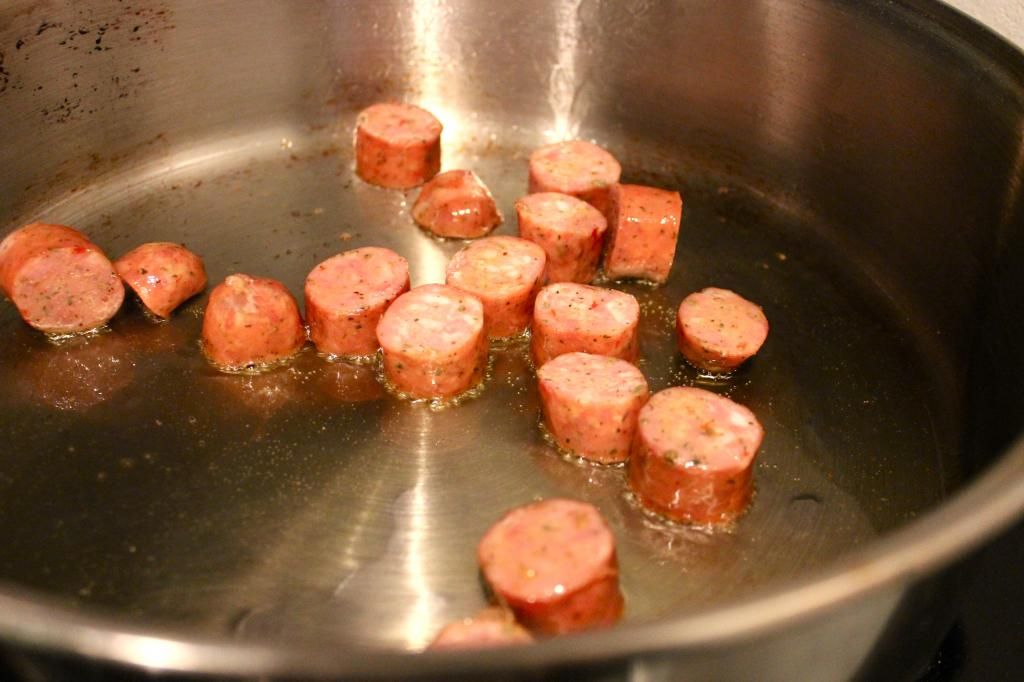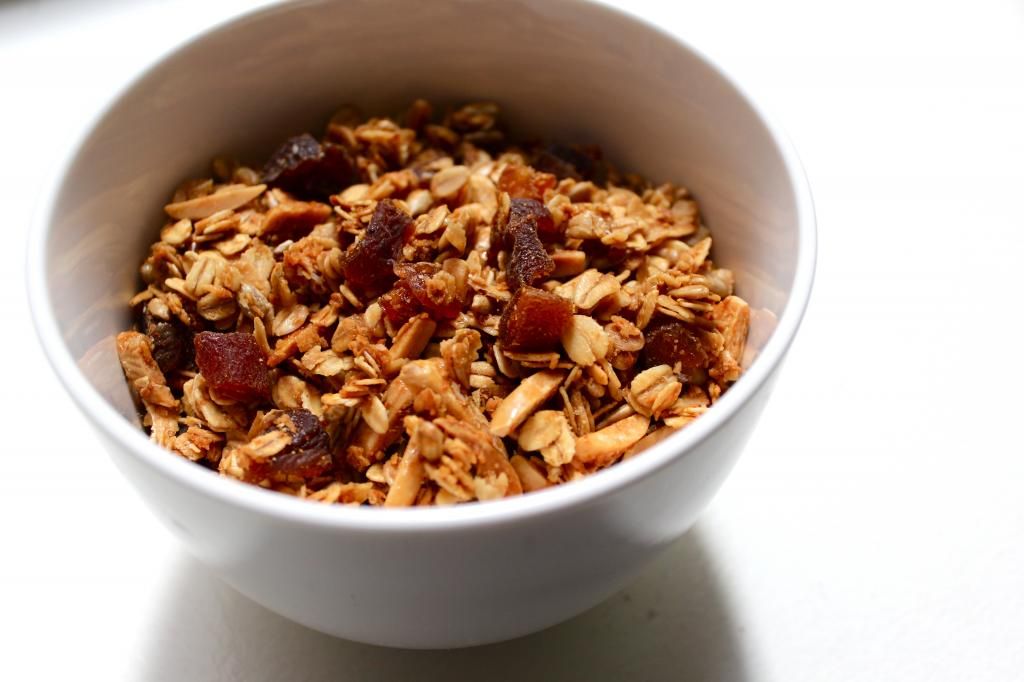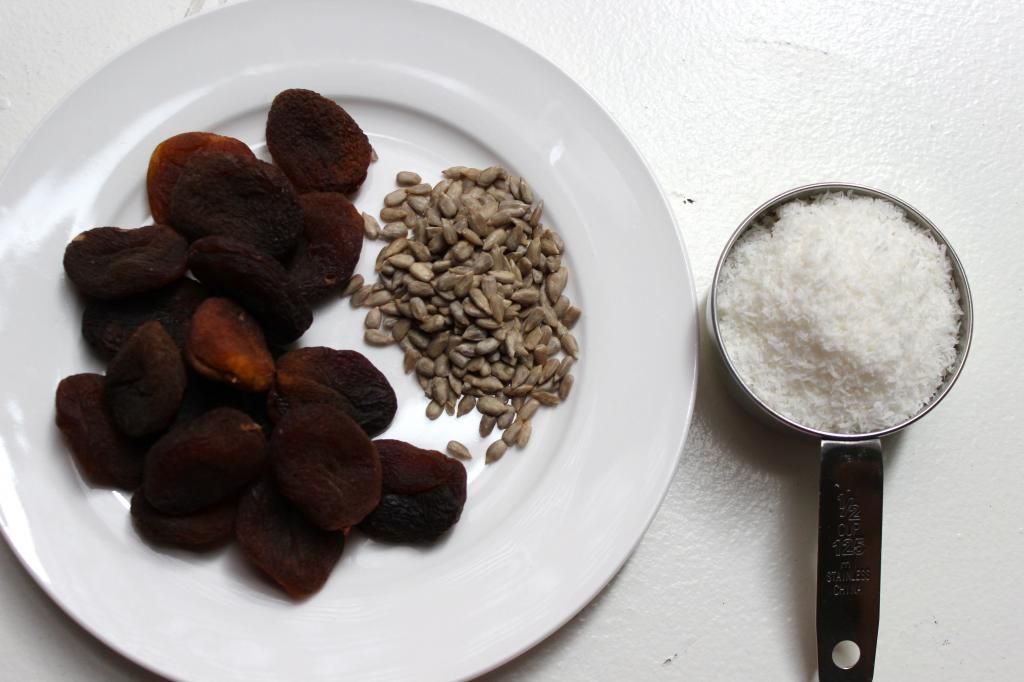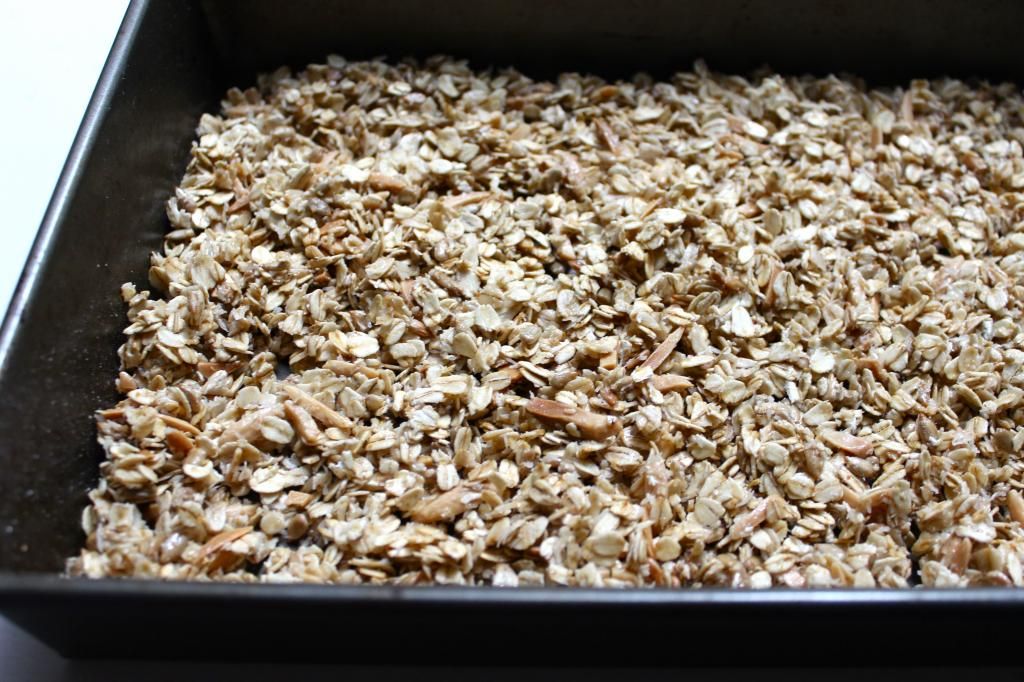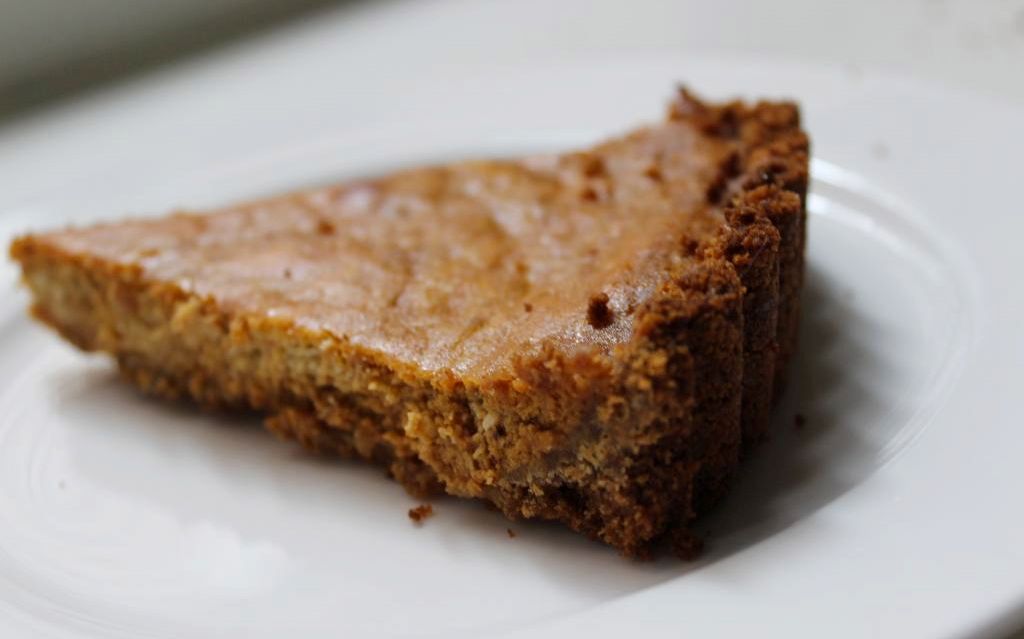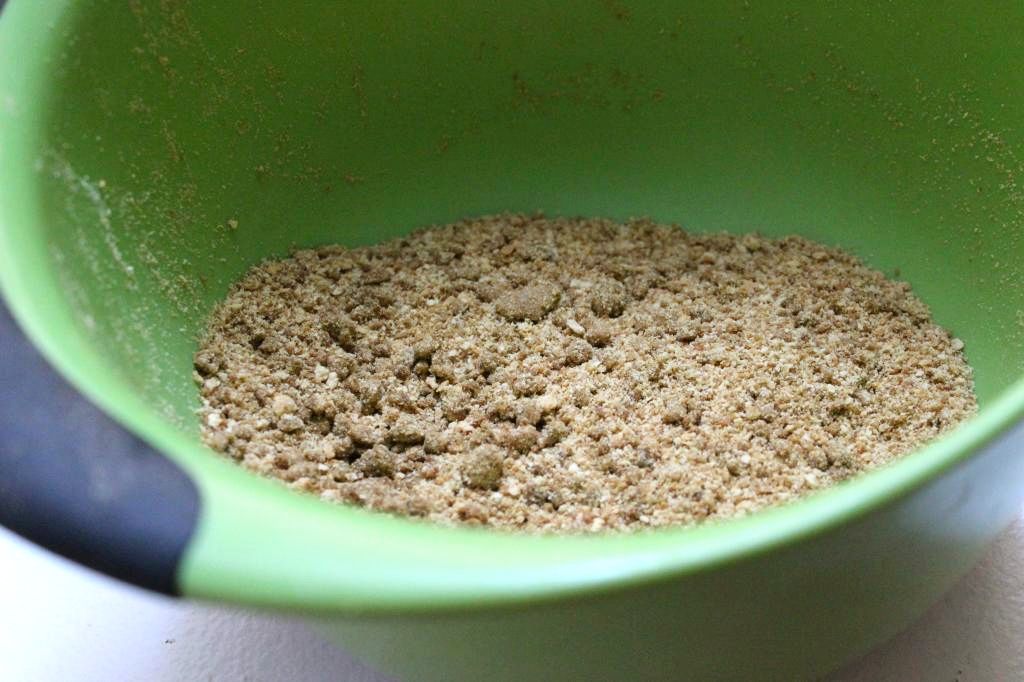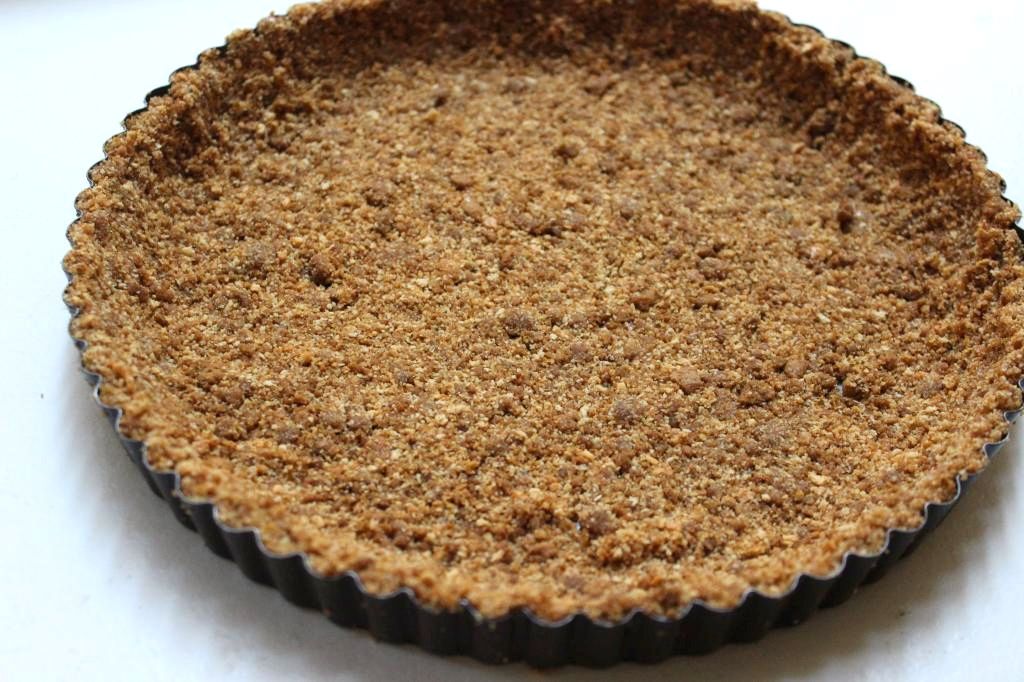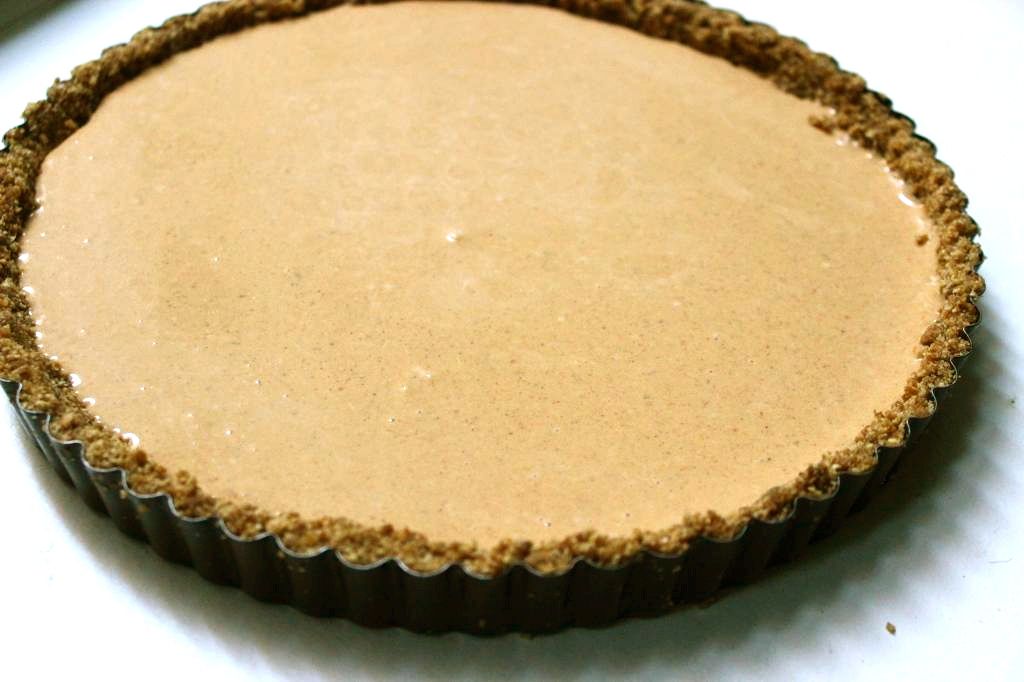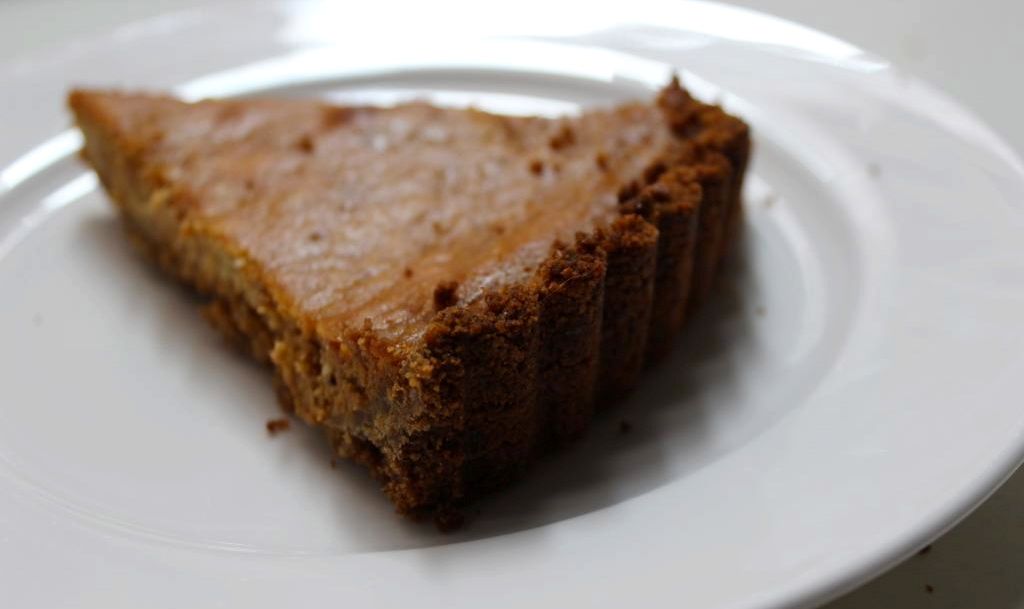2012 has been nothing if not eventful. It's been completely, breathtakingly awesome at times--full of those moments, things, and people that unexpectedly change everything and leave you standing (spinning?) in a new place, looking around and trying to get your bearings, smiling like crazy. It's also been really freaking hard at times--relationships have changed, difficult truths have been realized, hurricanes have come and gone (literally, but kind of metaphorically too). As with any other year's end, I'm leaving 2012 slightly shifted. Changed. Evolved. Call it what you like--I'm taking it as a sign of conscious growth.
I'm walking into 2013 a little stronger, wiser, and truer (to both myself and those around me) than I was a year ago. And I'm really happy about that. Because if you're not evolving and changing, you're not really in the arena. I recently read a passage from Theodore Roosevelt's speech "Citizenship in a Republic," delivered at the Sorbonne in Paris on April 23, 1910. It goes:
"It is not the critic who counts; not the
man who points out how the strong man
stumbles, or where the doer of deeds could
have done them better.
The credit belongs to the man who is actually
in the arena, whose face is marred by dust
and sweat and blood; who strives valiantly;
who errs, who comes short again and again,
because there is no effort without error
and shortcoming; but who does actually
strive to do the deeds; who knows great enthusiasms,
the great devotions; who spends
himself in a worthy cause;
who at best knows in the end the triumph
of high achievement, and who at the worst, if
he fails, at least fails while daring greatly...."
I love this passage. I found it in Brene Brown's book, Daring Greatly, and I haven't been able to stop reading it. I think if I had to do the whole New Year's resolution thing (something I've never been so into), it would be to try to live my life like that.
Happy new year, guys. Thank you for all your comments, emails, love, and support. Talk to you in 2013. xo
Monday, December 31, 2012
Wednesday, December 26, 2012
Sausage and Clam Stew
This cozy little lull between Christmas and New Year's Eve is always one of my favorite little windows of time. Everyone is working from home in their pajamas, leaving lots of time for sipping mugs of hot tea, cooking breakfasts, sneaking in bouts of leisure reading, catching up on movies on iTunes, and cuddling with various household pets.
In short, it gives me the space and time to reflect on the past year (which, for me, was pretty momentous) and think about what I want to bring into my life in the coming months. It's important to pause sometimes and really consider all of the things you want to shed that are no longer serving you (whether they're thoughts, habits, people, old mindsets, or outdated opinions), to take stock in your current life, and to make some room for the bright and shiny new things that are undoubtedly coming your way. And if you do all that with a warming, homemade stew in front of you, all the better. xo
Sausage and Clam Stew
From Canal House Cooks Every Day, by Melissa Hamilton and Christopher Hirsheimer
Ingredients:
4 tablespoons extra-virgin olive oil
1 1/2 pounds Italian sausage (any variety), sliced into thick rounds
1 small onion, chopped
2-3 cloves garlic, finely chopped
4 pounds small clams, scrubbed (I used a mix of cockles and littlenecks)
2-3 pinches Aleppo pepper or pimenton
Directions:
Heat 2 tablespoons of the olive oil in a large, heavy pot with a lid over medium-high heat. Add the sausages and cook, stirring occasionally, until browned all over, about 10 minutes. Add the onions and garlic and cook until softened, about 5 minutes. Add the clams and Aleppo pepper, then drizzle with the remaining 2 tablespoons of olive oil.
Clamp the lid shut or cover the pot and cook, shaking the pan over the heat occasionally, until the clams open, 10-12 minutes. Discard any clams that don't open. Serve in wide soup bowls with warm, crusty bread for sopping up flavorful broth.
Monday, December 24, 2012
Honey Apricot Granola
Granola is one of those things that's always awesome when you buy your favorite brand at the grocery store, but it's a whole different animal when you take the time to make your own. Think about it: you get to pick and choose all of the best ingredients (hello, double doses of toasted coconut), leave all the annoying ones out (ahem, yucky dried cranberries) and create what will essentially be a favorite-ingredient explosion in your mouth. Also, it just tastes better when it's freshly made.
I love this recipe for honey apricot granola from One Girl Cookies in Brooklyn, but I added a tad more salt and about 1/4 cup more coconut to my batch. Because, who doesn't love salt and coconut? And then I packed up little batches in cute glass jars, wrapped them up in colorful twine, and tied handwritten name cards to them. And voila! Perfect stocking stuffers. Just add yogurt. xo
Honey Apricot Granola
Adapted from One Girl Cookies, by Dawn Casale and David Crofton
Ingredients:
4 1/2 cups old-fashioned rolled oats
1 cup slivered almonds
1/2 cup unsalted sunflower seeds
3/4 cup unsweetened shredded coconut
1/2 teaspoon table salt
1/2 cup honey
1/4 cup canola oil
1 1/2 teaspoons vanilla extract
3/4 cup dried apricots, chopped
Directions:
Preheat the oven to 350 degrees. Spread the oats out on two baking sheets, and toast them in the oven for 14 minutes. Then transfer them to a very large bowl and let them cool.
On a baking sheet, toast each of the following ingredients separately: the almonds for 10 minutes, the sunflower seeds for 8 minutes, and the coconut for just 1 minute. Add the toasted nuts and coconut to the oats, and stir. Reduce the oven temperature to 225 degrees.
Add the salt, honey, oil, and vanilla to the mixture in the bowl, and mix thoroughly. Divide the mixture between the two baking sheets, and bake for 2 hours. Remove the baking sheets from the oven and let the granola cool for 20 minutes.
In a large bowl, combine the apricots with the baked ingredients. Allow the granola to cool to room temperature. The granola will keep in an airtight container for up to 2 weeks.
Monday, December 17, 2012
White Chocolate Macadamia Nut Cookies
When I was a kid, the number of places that rivaled the Mrs. Field's cookie counter were few and far between. The smell of melting chocolate and sugar wafting out of the constantly churning ovens, the hustle and bustle of mall shoppers all around you, the fact that a trip to Waldenbooks was inevitably the very next stop. Yes, I'm a card-carrying 80s baby through and through. And nothing brings me back to those idyllic childhood moments quite like white chocolate macadamia nut cookies. Even before classic chocolate chip, these were my favorite cookies to buy from Mrs. Field's. Something about the milky chocolate mixed with salty nuts, butter, and sugar was just unbeatable. And so, when I found a recipe for them in this month's issue of Saveur, I immediately headed to the kitchen to whip up a batch. Get ready for some serious nostalgia. xo
White Chocolate Macadamia Nut Cookies
From Saveur, December 2012
Ingredients:
2 cups flour
1 tsp. kosher salt
¼ tsp. baking soda
1½ cups packed light brown sugar 1½ cups sugar
16 tbsp. unsalted butter, softened
2 eggs
1 tbsp. vanilla extract
1½ lb. roughly chopped white chocolate
1 lb. roughly chopped roasted and salted macadamia nuts
Directions:
Whisk together flour, salt, and baking soda in a bowl; set aside. In a large bowl, beat sugars and butter on medium speed of a hand mixer until fluffy, about 3 minutes. Add eggs one at a time, beating after each addition until smooth; beat in vanilla. Add dry ingredients, and beat until just combined; stir in chocolate and nuts.
Heat oven to 325°. Using a 1-oz. ice cream scoop or 2 spoons, portion and shape dough into balls, and place balls 2½" apart on parchment paper-lined baking sheets. Bake until golden brown, about 14 minutes.
Makes about 5 dozen cookies
Thursday, December 13, 2012
Turkey Meatballs
I love Gwyneth Paltrow for a lot of reasons, one of them being her predilection for throwing in turkey where others would stick with beef. I'm a self-professed carnivore through and through--give me a seat at Peter Luger's and you'll be watching me take down a Porterhouse in an indecently short amount of time. But I do like to be conscious of how much red meat I'm taking in. Everyone knows it's not great for you, so I try to space out my consumption and keep it to once every few weeks or so. Hence, my love for turkey chili, turkey bolognese, turkey meatloaf, and now, these incredible turkey meatballs.
I first saw them on GOOP years ago, and always thought about making them, but never got around to it 'til last weekend. I love Di Paola turkey farm, which has a stand at the TriBeCa farmers' market, so I picked up a pound of ground turkey from them, and got down to the mixing, shaping, browning, and simmering that goes into these. They're every bit as good as meatballs made of beef, and you feel way better about yourself eating them. Plus they make your house smell pretty great. Give them a try and let me know what you think. xo
Turkey Meatballs
From GOOP
Ingredients:
2 tablespoons olive oil plus 2 additional tablespoons
1 large yellow onion, very finely diced
3 cloves garlic, peeled and minced
2 teaspoons fennel seeds
Coarse sea salt
Freshly ground black pepper
1 28 oz. can whole tomatoes, crushed by hand
1/2 cup panko breadcrumbs
Zest of 1/2 lemon
1/4 cup finely chopped flat-leaf parsley
1 tablespoon finely chopped fresh thyme
1 teaspoon finely chopped fresh rosemary
1 pound ground turkey (preferably dark meat)
1 egg
1 pound spaghetti, cooked just before serving
1/4 cup basil leaves, roughly torn
Directions:
Heat 2 tablespoons of olive oil in a large Dutch oven over medium heat. Add the onion and cook for about 8 minutes, sweating it without giving it too much color. When the onion's soft, add the garlic and fennel seeds and season generously with salt and pepper (about a teaspoon of salt and a half teaspoon of pepper should do). Saute for an additional 3 or 4 minutes. Remove and reserve half of this onion mixture in a large mixing bowl.
Add the tomatoes and their juice to the remaining mixture in the pot, turn the heat to low and simmer while you make the meatballs. Be sure to put a little water in the tomato can, swish it around and add it to the pot (don't waste a bit!).
To make the meatballs, combine the breadcrumbs, lemon zest, parsley, thyme, and rosemary with the reserved onion mixture. Add the turkey and egg and mush it all with your hands (the best tool for this job) just until everything is well-combined. Don't overmix. Form the mixture into 1-1/2" balls with your hands (of course, you can make them whatever size you like).
Heat the last 2 tablespoons of olive oil in a large nonstick skillet over medium-high heat. Making sure not to overcrowd the pan, brown the meatballs (should take about 5 minutes). Put the browned meatballs into the simmering tomato sauce and let them cook, shaking the pot occasionally to roll the meatballs around, for at least 20 minutes and up to an hour and half.
Taste the sauce and season with salt and pepper. Serve with spaghetti and torn basil.
Tuesday, December 11, 2012
Food for Thought
So simple, so hard to do sometimes. Humans notoriously have it hard when it comes to letting go--we tend to store all of our traumas, experiences, and hurts in various areas of our bodies until we're walking, talking totems of tension. Did you like that little alliteration, there? Then they can manifest into illnesses, mental or otherwise. And no one wants that. The art of letting go, though, is something that can be worked on and practiced, something you can cultivate with some consciousness and effort.
I know that I tend to rehash the past a lot, wondering why things happened, what could've been different, worrying that the same patterns will happen again. I think we can all relate, no? It's the same old story: Why did my boss yell at me that one time five years ago? If I had done _______ differently, would that relationship have worked out? Are my friends all hanging out without me? (Thanks, Mindy Kaling.) It's a never-ending cycle of questioning and doubt. And it's pretty pointless.
So, there's only one thing to do. Let go of the past so that you can make room for your future. Let go of anxiety. Let go of fear. Let go of darkness. Let go of heaviness. Let go of negativity. Let go of cloudiness and confusion. Let go of worry. Once you start doing that little by little, there'll be more space for clarity, for courage, for light, and love. xo
I know that I tend to rehash the past a lot, wondering why things happened, what could've been different, worrying that the same patterns will happen again. I think we can all relate, no? It's the same old story: Why did my boss yell at me that one time five years ago? If I had done _______ differently, would that relationship have worked out? Are my friends all hanging out without me? (Thanks, Mindy Kaling.) It's a never-ending cycle of questioning and doubt. And it's pretty pointless.
So, there's only one thing to do. Let go of the past so that you can make room for your future. Let go of anxiety. Let go of fear. Let go of darkness. Let go of heaviness. Let go of negativity. Let go of cloudiness and confusion. Let go of worry. Once you start doing that little by little, there'll be more space for clarity, for courage, for light, and love. xo
Thursday, December 6, 2012
Christmas Fudge Cookies
To me, a huge part of the holidays has always been defined by baking. This time of year, my electric mixer is whirring away on the reg, and there is a constant smell of sugary, chocolatey baked goods wafting out of the kitchen. I mean, what's a holiday without holiday baking? No holiday at all, I say. The usual rotation is made up of sugar cookies and fudge cookies decorated generously with drizzles of chocolate and various colored sugars, and the requisite chocolate chip cookies dotted with red and green M&Ms (I'm hoping and praying the peanut butter ones come in holiday colors this year). After they've all cooled to a manageable temperature, I'll put them into plain, white boxes, tie them all up with festive silver and gold ribbons, and deliver them to doormen, neighbors, friends, and coworkers, feeling a little bit like Santa Claus the whole time. One of my favorite parts of the holidays, always.
You can click on over HERE for the recipe for these fudgy, chocolate cookies. They're winners every time. xo
Tuesday, December 4, 2012
Roasted Squash with Lemon Tahini Sauce
I love roasted veggies of all types and colors: carrots, kale, broccoli, cauliflower. Give me a farmers' market bag full of veggies, and there's a 100% chance they'll end up in a 450 degree oven sprinkled with salt and pepper until charred crispy at the edges, bitterness deliciously tamed by the heat. Those are pretty good odds. But squash was a different beast to me. I was confused by it. Did it taste like a pumpkin? Why were there so many varieties? How did one cut into the things? Would I need some sort of hacksaw? So many questions. And so, I warily avoided it for...basically my entire life. Until I was flipping through the recent issue of Bon Appetit one cold November morning and happened across this recipe for roasted squash with lemon tahini sauce that looked so mouthwateringly good in it's glamour shot that I had to just let my reservations loose and go for it. I've been working on cultivating fearlessness lately, anyway.
Well, I think we all know how this here story ends. It was really, really, really good, you guys. Like ate it for breakfast, lunch, and dinner, and then for breakfast again the next day good. And like all other roasted veggies, it's easy to make, although my hunch on the cutting difficulty wasn't that far off center. It takes some muscle and a very sharp knife, but it's worth it. Give it a try! xo
Roasted Squash with Lemon Tahini Sauce
From Bon Appetit, December 2012
Ingredients:
1 small kabocha squash or large acorn squash (1 pound), scrubbed, cut into 1-inch-thick wedges, seeded
1 1-pound delicata squash, scrubbed, cut into 1-inch-thick wedges, seeded
7 tablespoons extra-virgin olive oil, divided
1 1/2 teaspoons cumin seeds, divided
Kosher salt, freshly ground black pepper
4 scallions, cut into 2-inch pieces
2 tablespoons fresh lemon juice
1 tablespoon tahini (sesame seed paste)
Aleppo pepper or crushed red pepper flakes
Directions:
Arrange racks in upper and lower thirds of oven; preheat to 425 degrees. Place kabocha on a rimmed baking sheet and delicata on a second sheet. Divide 3 tablespoons oil and 1 1/4 teaspoons cumin between sheets. Season squash with salt and pepper; toss. Roast for 15 minutes.
Combine remaining 1/4 teaspoon cumin, 1 tablespoon oil, and scallions in a small bowl; season with salt and pepper and toss to evenly coat. Scatter scallion mixture over squash, dividing evenly between sheets, and continue to roast until squash is tender but not mushy, about 15 minutes longer (time may vary depending on squash).
Meanwhile, whisk lemon juice, tahini, and 1 tablespoon water in a small bowl to blend. Gradually whisk in remaining 3 tablespoons oil. Season to taste with salt and pepper.
Transfer squash to a platter. Drizzle tahini sauce over and sprinkle with Aleppo pepper.
Wednesday, November 28, 2012
Lamb Chops with Rosemary Potatoes
It's officially turning into snowing/sleeting/freezing-raining season in New York lately. And when that happens, all I really want to do is get home, light some candles, throw on a comfy old college hoodie, put on some music, and cook a super simple, hearty dinner, preferably composed of some sort of meat and potatoes combo. Also, preferably to be eaten while firmly ensconced on my couch, watching an episode of Revenge, or some other such guilty pleasure. Perfect for these cold November nights. xo
Lamb Chops with Rosemary Potatoes
From Canal House Cooks Everyday
Ingredients:
5 medium potatoes, peeled and quartered
2 lbs lamb chops (shoulder or rib)
Salt and pepper
2 tablespoons extra-virgin olive oil
2 cloves garlic, peeled and smashed
3 large sprigs fresh rosemary
Directions:
Put the potatoes in a large pot of salted cold water and bring to a boil over medium-high heat. Reduce the heat to medium and cook the potatoes until they are barely tender, 5-10 minutes. Drain and set aside.
Season the lamb chops well with salt and pepper. Heat a heavy large skillet over medium-high heat. When it's hot, add the olive oil, then put the lamb chops in the skillet. Cook in batches, if necessary, to brown the chops (crowding the skillet will braise them instead). Cook until well browned, about 5 minutes, then flip and cook for about 3 minutes for medium-rare. Transfer the chops to a plate and keep warm in a very low oven, if you like.
Add the garlic and rosemary to the sizzling oil in the skillet, reduce the heat a bit if the garlic is browning too quickly, and cook until fragrant, about 1 minute. Add the potatoes in one layer, season with salt and pepper, and cook undisturbed until they have developed a nice crust, about 5 minutes. Continue to cook, turning only occasionally, until the potatoes are tender and golden brown on all sides, 10-15 minutes. Serve the chops with the potatoes, garnished with more fresh rosemary, if you like.
Serves 4
Monday, November 26, 2012
Food for Thought
I was reading a study published by The University of California, Berkley, and it came up with a multitude of definitions for gratitude from a variety of sources, including the following:
1. The object of gratitude is other-directed—persons, as well as to impersonal (nature) or nonhuman sources (e.g., God, animals, the cosmos; Solomon, 1977; Teigen, 1997).
2. Although a variety of life experiences can elicit feelings of gratitude, prototypically gratitude stems from the perception of a positive personal outcome, not necessarily deserved or earned, that is due to the actions of another person.” (Bertocci & Millard, 1963, p. 389).
3. “...an estimate of gain coupled with the judgment that someone else is responsible for that gain."
4. As an emotion, gratitude is an attribution-dependent state (Weiner, 1985) that results from a two-step cognitive process: (a) recognizing that one has obtained a positive outcome, and (b) recognizing that there is an external source for this positive outcome.
Seems all the definitions agree on one thing: gratitude is centered around external sources (i.e. other people). Also? The study developed a lot of fascinating, scientific findings, but I'll break it down for you: a grateful person is a happier person. Sounds like good enough reason to me to start letting more people in, focusing on what we have instead of what we've lost, and being happier for it. xo
Wednesday, November 21, 2012
Favorite Things: 11.21.12
I haven't done one of these posts in awhile and I thought the day before Thanksgiving was as good a time as any. I've been really into things that reflect a good deal of classic Americana heritage these days anyway. xo
Things I like:
+more favorite things:
Tuesday, November 20, 2012
Pumpkin Cheesecake with Gingersnap Crust
As promised, here is a new favorite recipe for a pumpkin cheesecake tart. Except the word "tart" always reminds me of fruit desserts, which this is most certainly not, so I'm just calling it a pumpkin cheesecake. Also, the cheesecake part and the pumpkin part are supposed to be prettily marbled together, which didn't quite work out for me. But, I swear up and down that marbling or not, this cake (not tart) is something pretty darn remarkable. So instead of lugging out your tired old pie dish on Thursday, I would suggest you branch out a bit and give this little gem a try. The ingredient list may look long, but most of it is stuff you probably already have laying around your kitchen, and the actual assembly as easy as, well, pie. Har.
Happy baking. xo
Pumpkin Cheesecake with Gingersnap Crust
From The Smitten Kitchen Cookbook, by Deb Perelman
Ingredients:
Crust:
4 ounces gingersnap cookies (about 16 cookies), coarsely broken
3 ounces graham crackers (five and a half 2 1/2-by-4 7/8-inch graham-cracker sheets)
4 tablespoons salted butter, melted
Cheesecake batter:
4 ounces cream cheese, well softened
3 tablespoons granulated sugar
1 large egg yolk
Pumpkin batter:
1 large egg
1 large egg white
1 1/4 cups pumpkin puree
1/4 cup granulated sugar
1/4 cup brown sugar
1/2 teaspoon table salt
1/4 teaspoon ground cinnamon
1/4 teaspoon ground ginger
1/4 teaspoon ground cloves
Few fresh gratings of nutmeg
1 cup heavy cream
Directions:
Make crust: Preheat your oven to 425 degrees. Finely grind the gingersnaps and graham crackers in a food processor (yielding 1 1/2 cups). Add the melted butter, and process until the cookie-crumb mixture is moistened. Press the mixture firmly into the bottom and up the sides of a 9-inch-diameter tart pan with removable bottom. Place pan on rimmed baking sheet.
Make cheesecake batter: Mix together the ingredients in a small bowl until smooth.
Make pumpkin batter: Beat the egg and the egg white lightly in a large bowl. Whisk in the pumpkin, sugars, salt, cinnamon, ginger, cloves, and nutmeg. Gradually whisk in the cream.
Assemble tart: Pour the pumpkin batter into gingersnap-graham crust. Dollop the cheesecake batter over pumpkin batter, then marble the two together decoratively with a knife. Try not to pierce the bottom crust as you do. Bake for 10 minutes, then reduce temperature to 350 degrees and bake for another 30 to 40 minutes, or until a knife or toothpick inserted into the center comes out clean.
Cool the tart completely on a rack, or in the fridge if you like it cold. Serve immediately and refrigerate any leftovers.
Monday, November 19, 2012
Simple Chestnut Stuffing
In honor of one of my favorite days of the whole, entire year, I'll be posting my best recipes for the two Thanksgiving dishes that really matter--stuffing and pumpkin cheesecake. Because, come on, turkey's just not that exciting, and why eat pumpkin pie when you can have pumpkin cheesecake?
Here's a super simple, herb-laden stuffing dotted generously with chunks of creamy French chestnuts. It's got just the right ratio of crisp edges and soft, moist center (something that a stuffing baked inside a turkey just can't get right--it's all about the casserole, tradition be damned). Use a good, crusty, white peasant bread for this and make sure to let it dry out for a day before diving in, and you (and your stuffing) will be golden (and crunchy and chewy and delicious). Happy Thanksgiving prep week. xo
Simple Chestnut Stuffing
Ingredients:
3/4 cup (1 1/2 sticks) unsalted butter plus more for baking dish
1 pound good-quality day-old white bread, torn into 1-inch pieces (about 10 cups)
2 1/2 cups chopped yellow onions
1 1/2 cups 1/4-inch slices celery
1 jar whole, peeled chestnuts, broken up into smaller pieces
1/2 cup chopped flat-leaf parsley
2 tablespoons chopped fresh sage
1 tablespoon chopped fresh rosemary
1 tablespoon chopped fresh thyme
2 teaspoons kosher salt
1 teaspoon freshly ground black pepper
2 1/2 cups low-sodium chicken broth, divided
2 large eggs
Directions:
Preheat oven to 250 degrees. Butter a 13x9x2-inch baking dish and set aside. Scatter bread in a single layer on a rimmed baking sheet. Bake, stirring occasionally, until dried out, about 1 hour. Let cool; transfer to a very large bowl.
Meanwhile, melt 3/4 cup butter in a large skillet over medium-high heat; add onions, celery, and chestnuts. Stir often until just beginning to brown, about 10 minutes. Add to bowl with bread; stir in herbs, salt, and pepper. Drizzle in 1 1/4 cups broth and toss gently. Let cool.
Preheat oven to 350 degrees. Whisk 1 1/4 cups broth and eggs in a small bowl. Add to bread mixture; fold gently until thoroughly combined. Transfer to prepared dish, cover with foil, and bake for about 40 minutes.
Uncover stuffing and bake, until set and top is browned and crisp, 40-45 minutes longer.
Subscribe to:
Posts (Atom)





